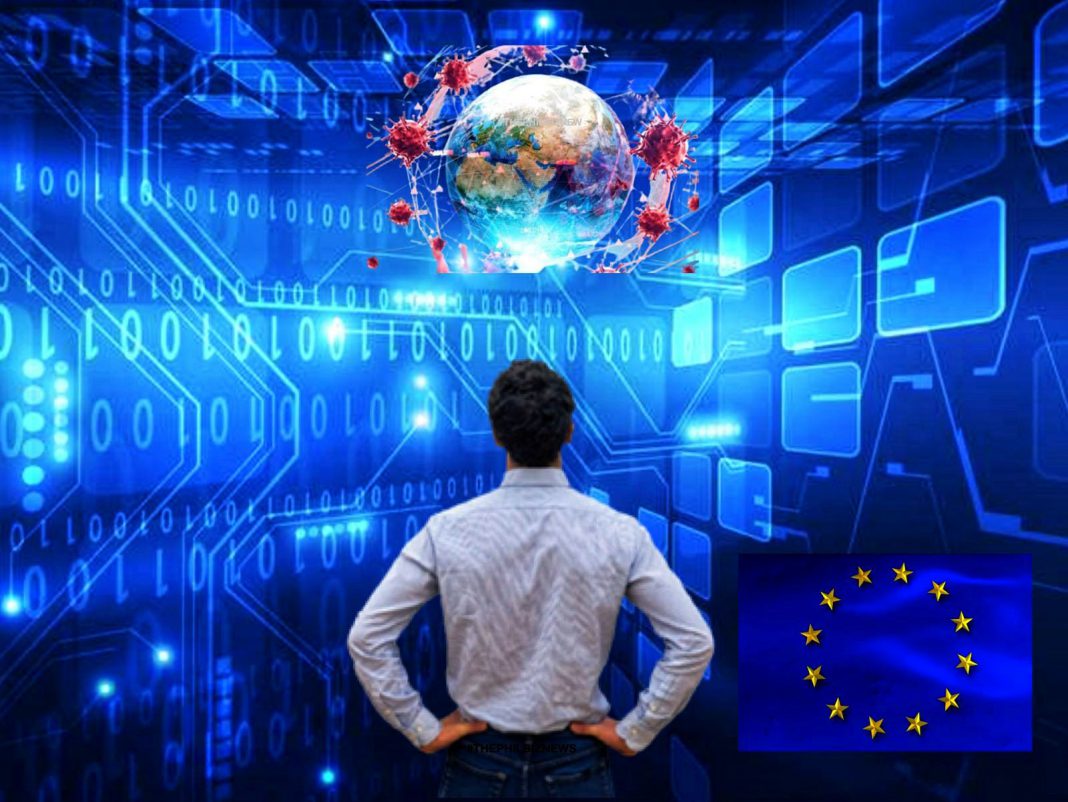Image from THEPHILBIZNEWS
The European Union (EU) looks to pursue an advancement of its Copernicus and Galileo space programmes in the Philippines that would help address disaster risk prevention, environmental challenges, and even the COVID-19 pandemic for a stronger and more shock-resilient economy and society.
The recent webinar titled “Beyond the Stars, Reach out to the Skies,” on 25 June highlighted the forthcoming deployment of the National Copernicus Capacity Support Action Programme for the Philippines (CopPhil) in the third quarter of 2021.
CopPhil is a € 10M (approximately Php 580 M) effort jointly developed by the EU Delegation to the Philippines and the Department of Science and Technology (DOST) to be implemented by the European Space Agency in collaboration with the Philippine Space Agency (PSA).
According to Mr. Giovanni Seritella, Programme Manager of the Cooperation Section of the EU Delegation, the CopPhil is a pioneer initiative in the ASEAN region and is designed to strengthen the disaster risk preparedness and climate change adaptation in the country.
The webinar also showcased how the Copernicus and Galileo Space Programmes and other space technologies may help in disaster risk prevention since the Philippines is located within the ring of fire and is thus subject to volcanic and seismic instability and even strong typhoons.
Copernicus is the EU’s Earth observation programme offering information services on a free-to-use basis that draw from satellite Earth Observation and non-space-based data on the ground and at sea. Galileo is the EU’s Global Satellite Navigation System and is also called “European GPS” as it provides accurate positioning and timing information.
The Philippines has benefited from the Copernicus Emergency Management Service (EMS) during the recent Taal Volcano eruption and when typhoons Koppu (Lando), Mangkhut (Ompong), and Goni (Rolly) hit the country.
Keynote speaker DOST Secretary Fortunato de la Peña noted that Filipino scientists and engineers have been using data and user products from Copernicus satellites through the Sentinel Australasia Regional Access (SARA) for years now. These data are used for various applications such as coastal resources management, agriculture crop monitoring and food security which provide substantial benefits to the Filipinos.
“Calamities continue to pose threat to lives and livelihoods of many Filipinos. To address these, we pursue relevant research and development programs and continue to innovate and develop STI-based solutions in order to build disaster-resilient communities while enhancing our countless coordination and response to these challenges,” de la Peña added.
At the onset of the pandemic, the Copernicus programme also provided information about the impact of COVID-19 on the environment and the links between climatic conditions and the spread of the virus. Today, the EMS continues to use satellite imagery and other geospatial data to offer free mapping service in cases of natural disasters, human-made emergency situations, and humanitarian crises throughout the world.
“Our joint actions in the field of Earth Observation data is a key deliverable in the context of the EU’s Indo-Pacific Strategy. It will directly enhance connectivity between Europe and the ASEAN region, it will respond to the immediate needs of the Philippines, and it is also an expression of our cooperation in order to mitigate the economic and human effects of the COVID-19 pandemic and work towards ensuring an inclusive and sustainable socio-economic recovery,” Ambassador Véron said.
Among the panelists who shed more details on the programmes and their applications in the Philippines were Miguel Exposito Verdejo, Deputy Head of Unit, Directorate General for International Partnerships of the European Commission; Dávid Szesztai, Head of Department for Space Activities of Hungary’s Ministry of Foreign Affairs; and Dr. Joel Marciano, Director-General, Philippine Space Agency.
If we use geopositioning data from Galileo and Earth observation data from Copernicus, they can altogether help in many applications such as transport that can locate a vehicle without a driver in a specific area; position farming when using fertilizer to determine which crops need more nitrogen; getting medicine to remote areas; and even in the COVID-19 pandemic response,” Mr Exposito said.
He also noted that the outlook of the European Commission is to continue to launch five sentinels missions in the next four years, renew sentinels, and try to enhance and increase cooperation to create a more robust ecosystem that provides more reliable data.
Meanwhile, Dr. Marciano pointed out how the sentinel satellites of the Copernicus programme, particularly the Sentinel-1, aided in the flood damage assessment in Cagayan after the onslaught of typhoons Rolly and Ulysses by providing data and processing satellite images to detect potentially-flooded areas. The Sentinel-3 also captured images before and after the Taal Volcano eruption that were used to determine the possible extent of damage on nearby areas.
The webinar was supported by the Manila Observatory, Earth Shaker Philippines, Alliance for Safe, Sustainable and Resilient Environments, and Philippine Astronomical Society. It was hosted by Erasmus scholar specialising in Copernicus technology and science journalist Ms Stephanie Tumampos.














